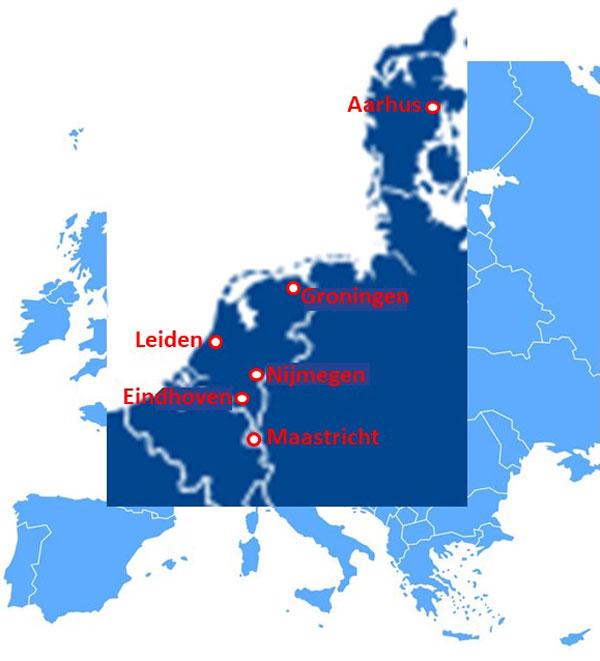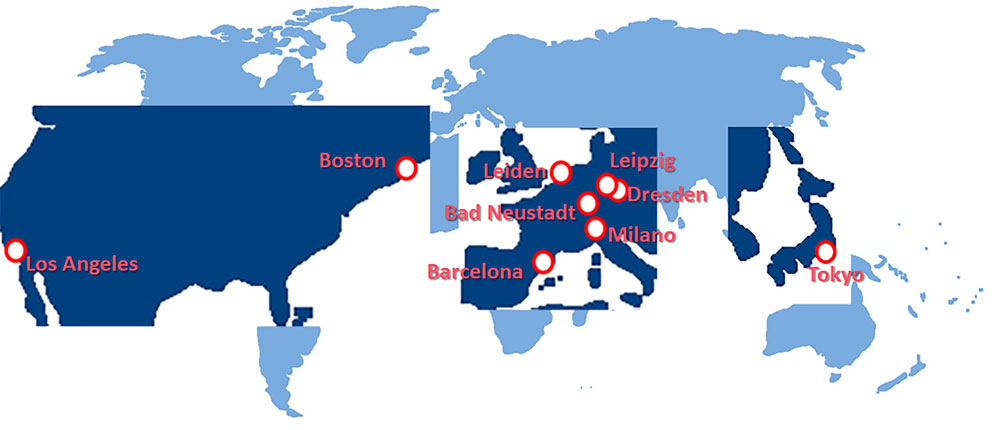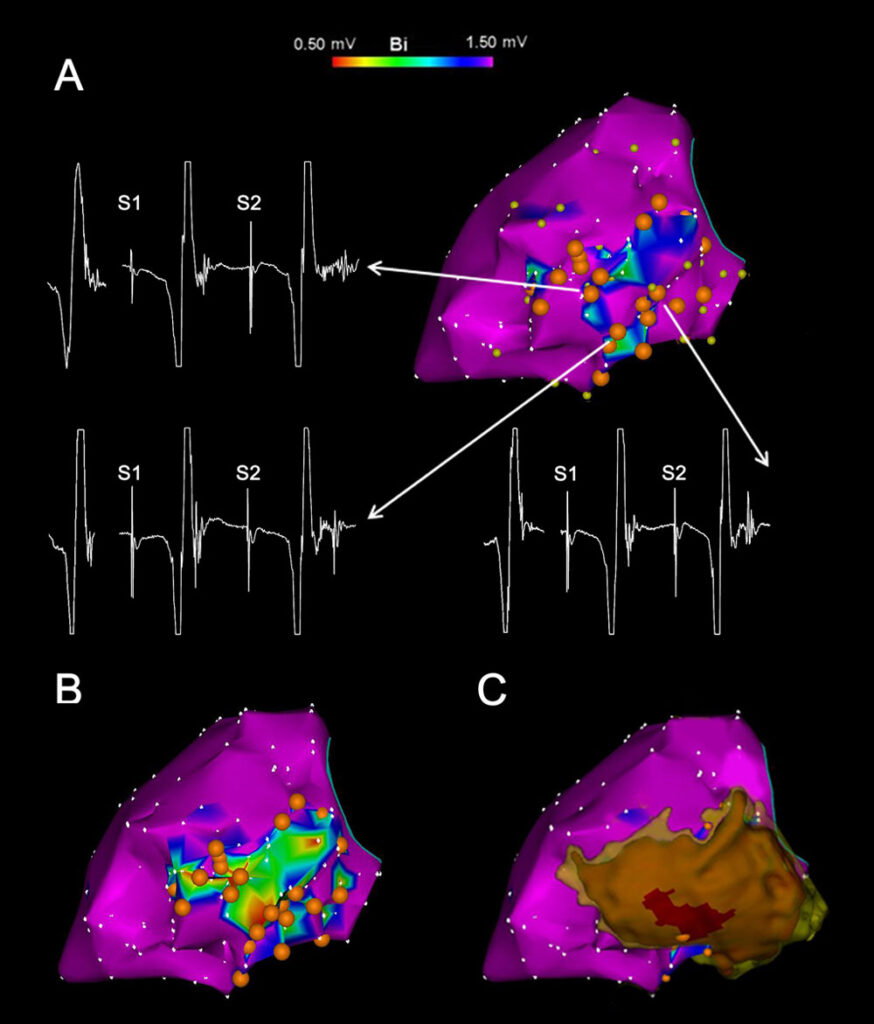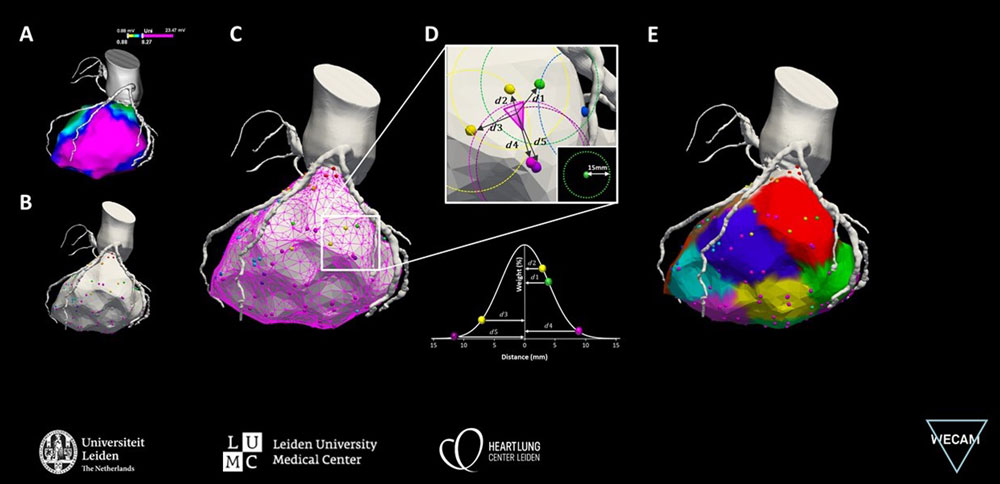Projects
Functional substrate mapping and ablation for post-infarct VT
Multicenter international registry on evoked delayed potential (EDP) ablation
Since 2019, patients with prior myocardial infarction undergoing VT ablation based on EDP elimination at 6 international centers are included in a prospective registry. Our aims are to assess EDP ablation outcome when performed at different centers following a uniform protocol and to identify patients who benefit most from this substrate modification approach.

Mapping and ablation of the functional substrate of post-MI VT with mini-, micro- and conventional electrodes. A multicenter prospective study.
Our objective is to assess the accuracy of simultaneous conventional and micro-electrode mapping using the QDOT catheter for EDP identification in patients with prior myocardial infarction compared to multielectrode mapping with the Pentaray catheter.
Area-weighted UV in patients undergoing post-MI VT ablation
DCM VT study
The treatment of recurrent ventricular tachycardia in patients with DCM can be challenging. Although catheter ablation is increasingly being performed, real world data on long-term outcome after ablation is only sparsely available. This large international multicenter registry of 9 tertiary centers on 3 continents was initiated by WECAM electrophysiologists. We aim to provide data on outcome of VT ablation to enable optimal patient selection, ablation and follow-up strategies.


